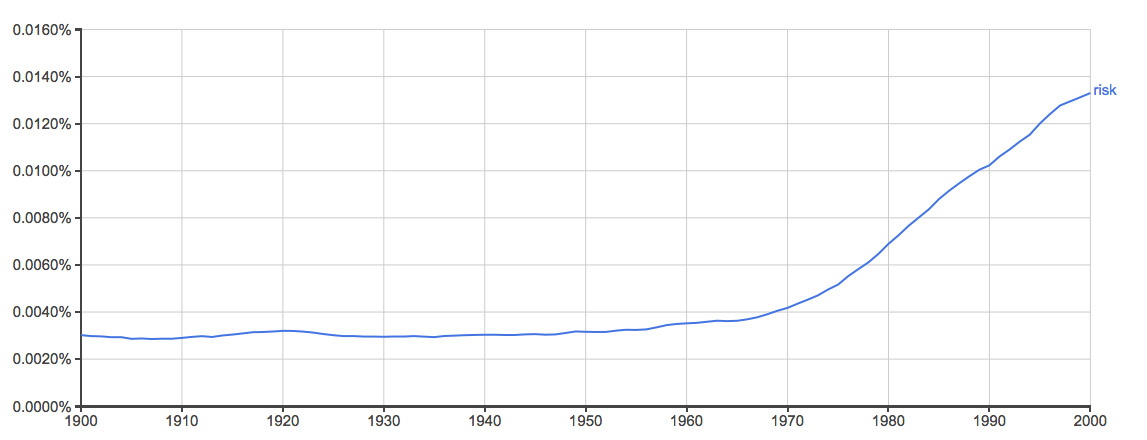I have just been watching a toddler holding onto the side of her sibling‘s buggy as it is pushed through a busy shopping mall. By appearances, I would say she was maybe 14 months old; certainly a novice walker. Her Mum seems to be preoccupied and in a hurry and the toddler is stumbling but just about keeping her balance as she struggles to keep up. What surprises me is that the child displays zero anxiety. She is almost perpetually on the verge of a tumble, but seems more excited about her achievement than about the risk of a fall. Thinking about it, I can recall my own children at that stage and I’m sure they were similar. Fast forward about six years of child development; picture youngsters scrambling over rocks at low tide while on holiday. While, as an adult, I am ultra cautious as I navigate the slippery rocks and the seaweed, seven and eight year olds seem to skip nimbly from point to point.
I have been the child in both these scenarios. Today, at the other end of the maturity scale, I have become considerably more apprehensive. So here is the question: To what extent is behaviour influenced by our capacity to conceive what the consequences might be; to imagine and anticipate the impact and the pain? Is this a memory bank of personal experiences that we build up, or is it the cumulative result of the dire warnings and frightening cautionary tales that we have been told? Possibly, the toddler has not yet developed an observer perspective or capacity to envision a disastrous consequence, or certainly not to the extent that it would interfere with the immediate thrill and pride of her new accomplishment.
Recently I took a head long dive down a long flight of stairs, scalped myself on the metal edging of the stairs and knocked myself out. I spent the rest of the day in A & E. I have no recollection of it, other than that I was very preoccupied by other things as I entered the stairs. In all of this, like the toddler, there was no apprehension and I experienced no fear, no anxiety, no distress. It just happened. If I think about it now it seems a dramatic and appalling incident, but isn’t this precisely because I am capable of adopting an observer perspective; a capacity to envision or ‘live through’ any disastrous consequence in my imagination?
Drivers, involved in spectacular car crashes report that, in the moments before a now unavoidable impact, there is no fear or apprehension. Even the pain of injury is muted. The difference between watching the YouTube video of Guy Martin’s Isle of Mann TT crash and being Guy in that situation, is clearly an entirely different experience. Participant and viewer perspectives have almost nothing in common. Take away any fear or apprehension and anesthetise the pain and you are closer to understanding how Guy’s greatest concern is whether he can get out of hospital quick enough to get to the starting line for the next race. These two perspectives are really dramatic in their divergence. Our capacity to contemplate, to mentally simulate and to anticipate an experience charges it with very powerful emotions that are completely absent in the
experience itself.
In today’s ‘information society’ we are, as observers or bystanders, schooled in anxiety by an endless stream of scary accident and medical statistics and world wide disaster beamed into our homes through the internet and the media. Like rabbits in the headlight, we don’t know which way to jump next. We live in a society that seems to be more risk averse every day.
This perception is reinforced by the almost exponentially increasing prevalence of the word ‘RISK’ which, according to this Google Books Ngram, is now more than four times as frequent in print as it was at the beginning of the last century and until 1970’s.
It seems that the innate story building capacity that is uniquely human and that is such an important influence in mediating our ideas, aspirations and our greatest achievements may also leave us exposed to anxiety overload in an era of a rampant communication bombardment; feeding us endless danger signals about matters over which we often have absolutely no control. In effect, the media world has established a huge market in anxiety. Anxiety sells newspapers and news footage and drives “which party can make you most anxious” political campaigns. Then there are all the horror films and those suspense raising, tension building “24” derivative boxed sets of on demand TV. We, the consumers, are the anxiety junkies that are hooked on it all. These are serious issues that pose an existential threat to our well being and to our quality of life.
If we cannot address the anxiety provoking issues endlessly paraded past us, we can at least try to reduce our exposure and our dependence. Our only recourse is to chill out and turn off, or to get out there and become a doer rather than a spectator. As a doer, we tap into the positive vibe of achievement experienced by the toddler in the shopping centre. Doing makes us feel more grown up and in command of our situation.
Geoff Trickey
September 2016

